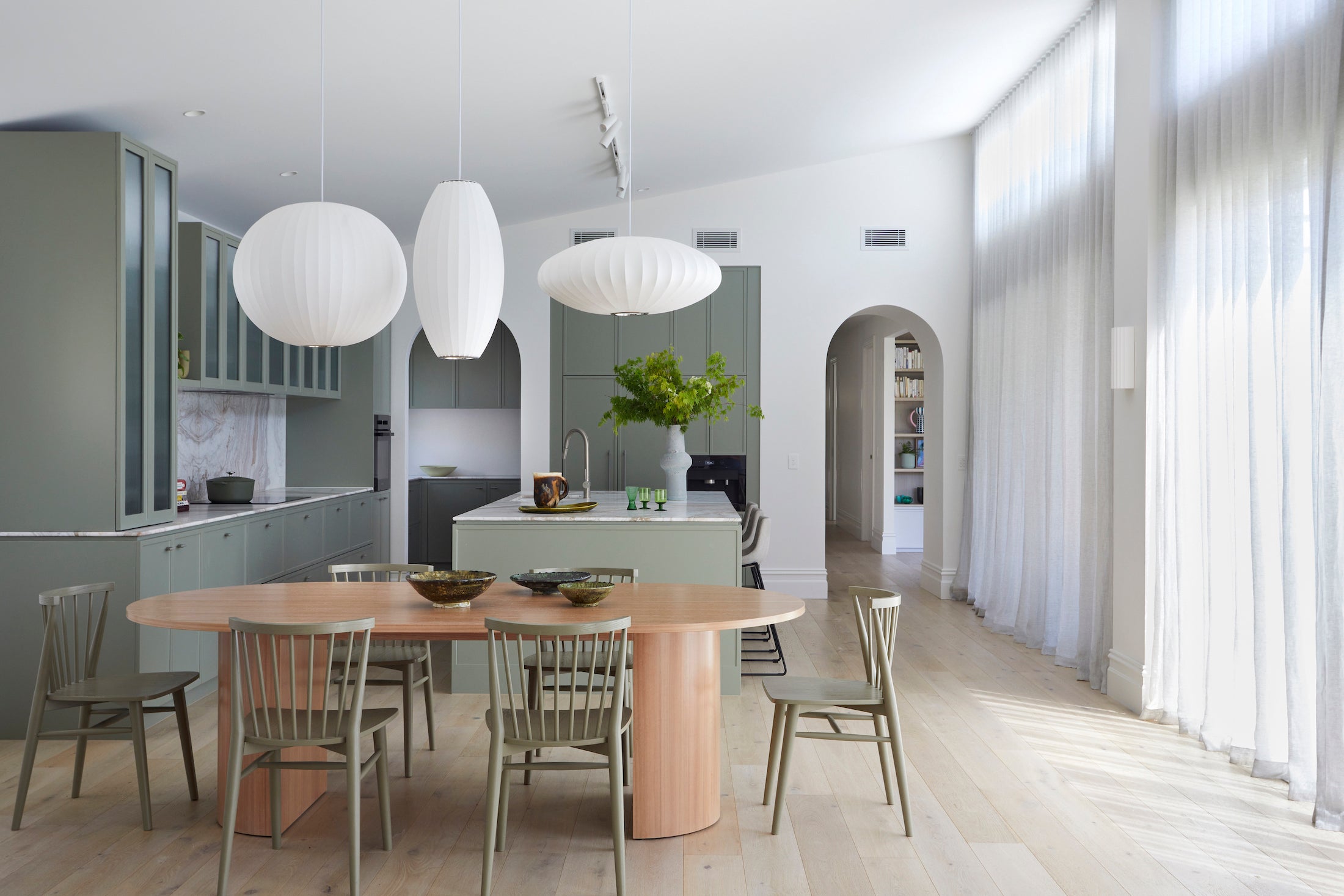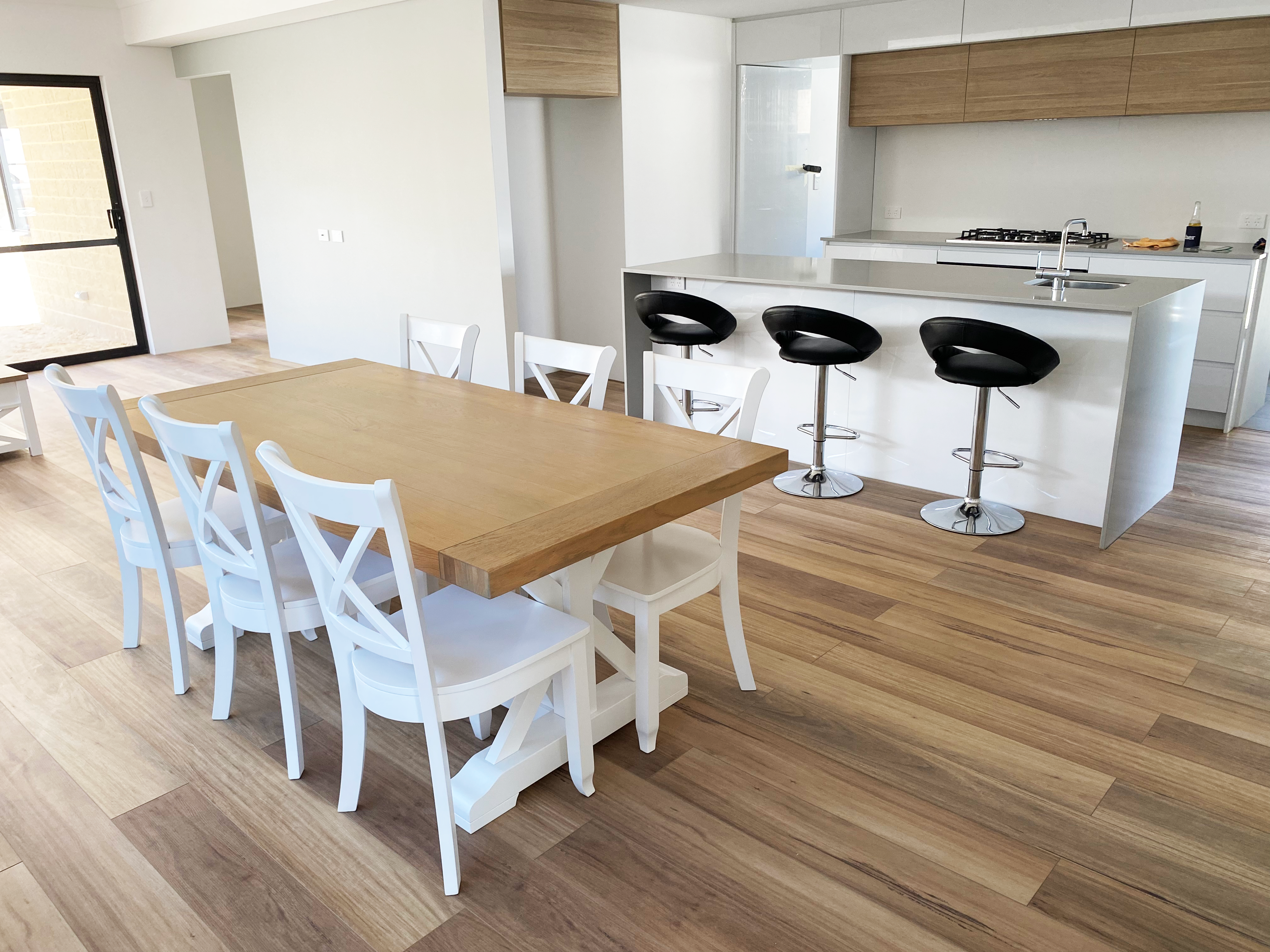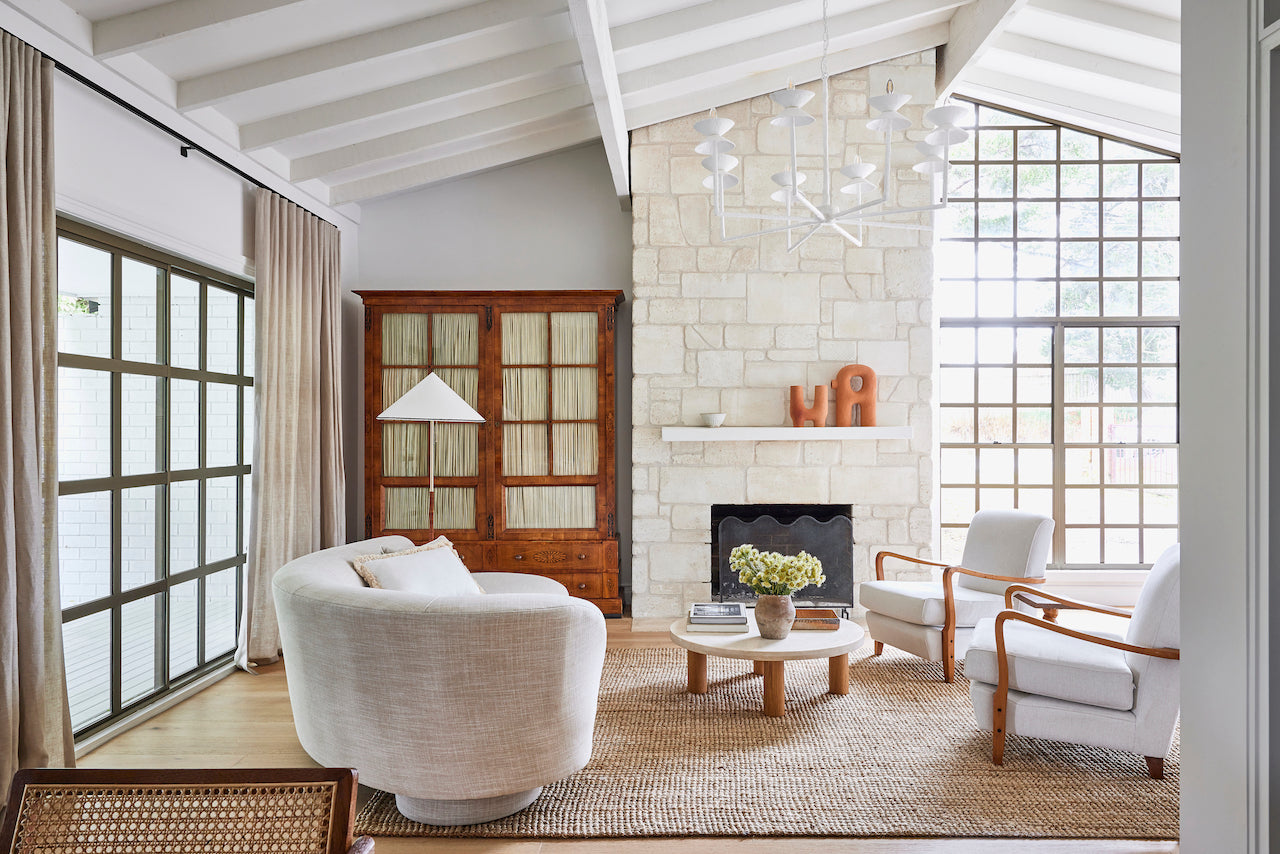
Squeaky, creaky timber floorboards are a perfectly acceptable horror film trope, but for everyday households, a noisy hardwood floor is a real nuisance. Fortunately, with a bit of researched preparation and proper installation, many noisy floor issues can be fixed or avoided altogether.
At the heart of all squeaky floors is floorboard movement, so to fix the problem you need to figure out what’s allowing them to move.
Temperature Fluctuations
Because both engineered and solid timber floors consist of real wood, it’s normal to expect some natural expansion and contraction with seasonal temperature changes. Winter air and indoor heating will cause your floorboards to contract, creating more room to move against each other. The ensuing creaks are common and generally fix themselves when the humidity rises, and the boards expand. Keeping your home at a stable humidity level will also serve to address this issue.
Acclimatise Timber
Solid wood boards need to be seasoned inside the home prior to installation to acclimatise to the humidity of the environment and avoid excessive movement when the weather changes.
Subfloor Problems
Uneven subfloors are one of the most common noisy floor culprits. When the subfloor isn’t level, it creates space for movement of the top floor which creates noise. It’s crucial your subfloor is smooth, ideally with no more than 3mm deviation over 1 metre, and perfectly dry with an effective moisture barrier to avoid warping.

Direct Stick or Floating Floors
Fixing timber flooring in place with adhesives creates superior acoustics, with engineered oak boards looking, sounding and feeling like solid timber when glued down. Many floating products, on the other hand, are a little hollow sounding and can produce a louder footfall.
Raft Sizes
Rather than being fixed to the subfloor, floating floorboards are attached to each other, creating a panel of flooring known as a ‘raft’. These individual rafts require enough room to seasonally expand and contract in both length and width and need to be joined together by expansion joints using trims. This will avoid the movement of one raft affecting an adjacent one and causing buckling.
Underlay
A quality foam or rubber underlay on top of the smooth, dry and level substrate will absorb any flexing and help reduce sound, while Hybrid flooring that both dampens acoustics and improves underfoot comfort.
If you have any further questions about DIY flooring or floor noise, don't hesitate to contact our experience customer service team.
 |
By Ebony FraserWith a background in fashion and design, she has a great eye for colour composition and interior design. Heavily involved in the selection of new products and colours, Ebony has helped develop Flooring Online's product selection to one of the best contemporary flooring collections in Australia. |




